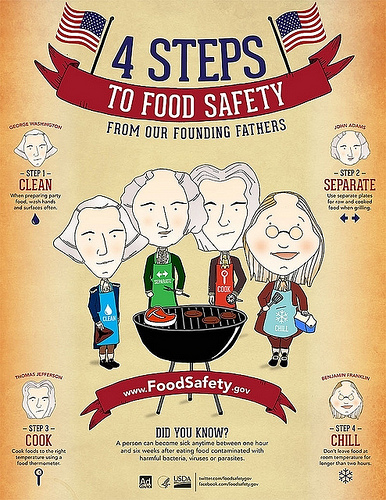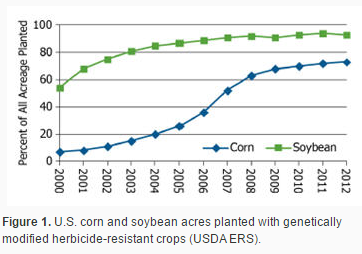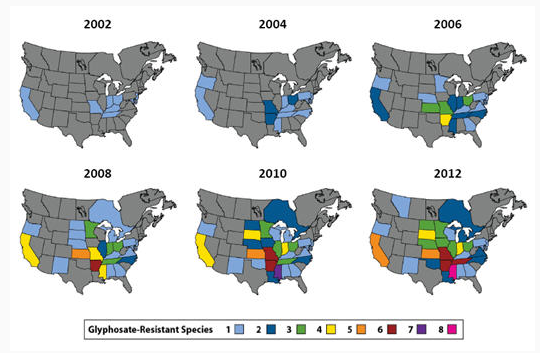I was interviewed by Cindy Kuzma, a reporter for VICE, about research on chocolate. Her story is here. Her questions were great (I wish all reporters asked such interesting questions). Here’s our Q and A:
CK: I noticed you haven’t written about chocolate for a while—perhaps it has been quiet on that front, or there are just a lot of other things happening! But another study about its health benefits, this time in regards to atrial fibrillation, brought it to my editors’ attention. Rather than just report on those findings they’ve asked me to take a broader view of the issue, which I appreciate.
MN: First let me comment on this study. It is trying to tell me that 1-3 ounces of chocolate a month produces measurable health benefits? That seems incredible and probably is, particularly because nothing is said about dose relationships.
CK: How do you explain briefly to consumers why studies of health benefits linked to a single food are problematic/not terribly useful at best? (You’ve used the term “nutrifluff” before; is that still what might apply here?)
MN: People eat many different kinds of food every day. The authors of this study say confounding factors might be involved. That means that people who eat moderate amounts of chocolate (1-3 ounces a month is not much) might eat healthier diets, exercise more, or have other habits that reduce atrial fibrillation.
CK: When it comes to chocolate specifically—how has industry shaped the public discussion of chocolate’s health benefits? MARS has obviously played quite a crucial role with its whole Center for Cocoa Health Science and its marketing of the CocoaVia supplement … how much influence has that single company had, and how would you advise consumers to view the research/claims tied to that type of industry funding?
MN: Mars is careful to say that cocoa processing into chocolate normally destroys flavonoids, which is why it developed a special preservation process and provides flavonoids in capsules, not chocolate. But people tend to interpret the studies as “chocolate is really good for me.” The study at issue here is independently funded. In general, industry-funded studies come to conclusions favorable to the sponsor. They require especially cautious interpretation. But this one does too because it does not seem plausible.
CK: Like much of the research on the purported health benefits of chocolate, the new findings about atrial fibrillation come from an observational study. How do you typically explain the limitations of this type of research, and what the average health news consumer might not understand about the differences between correlation and causation?
MN: This study obtained information about chocolate consumption from food frequency questionnaires in which people tick off the number of times they have eaten a food in a week, month, or year, depending on how the question is asked. I find these things impossible to fill out because I can’t remember at that level of specificity. Chocolate shows up as a factor but other foods might too. That’s why you can’t say chocolate is a cause of reduced atrial fibrillation; that observation could be due to any number of other factors.
CK: Even in randomized controlled trials—what other factors might wise consumers keep in mind when evaluating research? (I’m thinking about how often studies use the types or amounts of chocolate people regularly eat, rather than extracts/purified versions/large quantities, as well as whether they evaluate clinically significant outcomes like disease and mortality vs. isolated biomarkers or other less meaningful endpoints.)
MN: Interpretation of studies always has to be done in the context of everything else that is known about the topic. One study should not change food choices, especially if it is industry-sponsored. Anytime I hear “everything you thought you knew about nutrition is wrong,” a red flag goes up. That’s not how science works.
CK: Anything else you’d say overall about the role of a food like chocolate in a nutritious diet, and how much these health claims should/shouldn’t influence individuals’ regular habits?
MN: Chocolate is candy, not a health food. Candy in moderation is just fine. Every food in moderation is just fine. Maybe the people in that study practiced moderation pretty easily and that’s why they came out as healthier.





